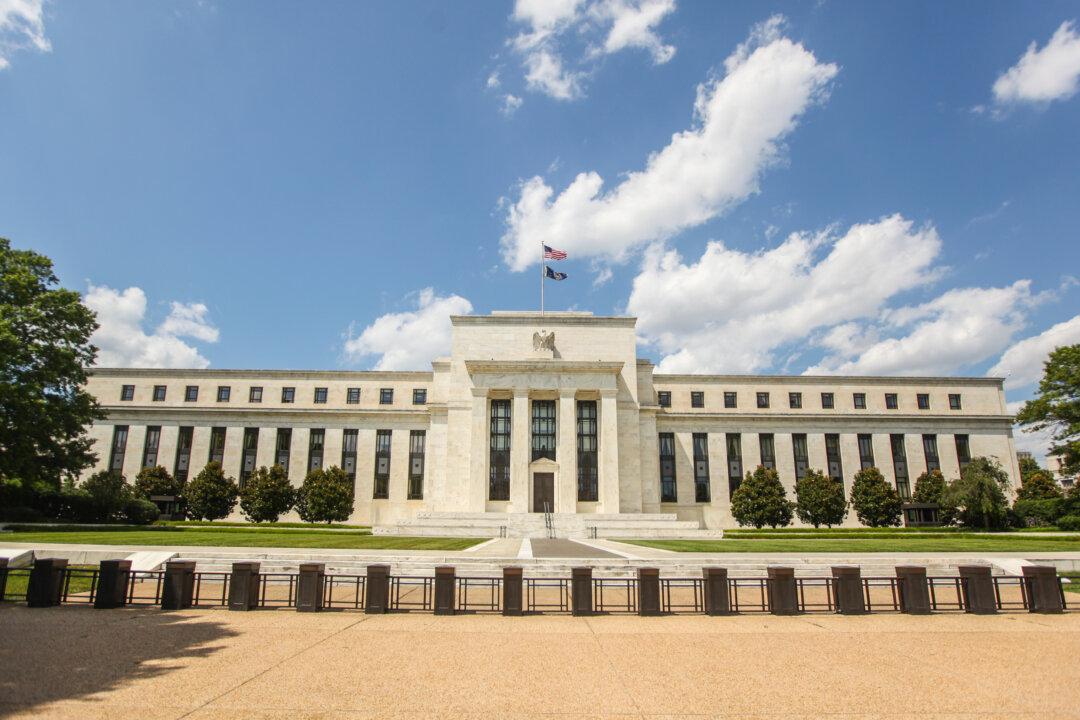The Federal Reserve (Fed) did not raise interest rates at a meeting on July 27, despite solid economic data.
“The labor market strengthened and ... economic activity has been expanding at a moderate rate ... Payrolls and other labor market indicators point to some increase [and] household spending has been growing strongly,” the Federal Open Market Committee stated after its meeting in Washington.
This proves that the Fed’s decisions are not dependent on economic data, as the central bank has claimed many times in the past, but rather are market dependent. The Fed initially planned to raise rates up to four times in 2016 if the economic data improved, after it first hiked interest rates by 25 basis points last December. And yet so far in 2016 nothing has happened.
“The exact timing when we will have the next rate increase will depend on the data,” John Williams, the president of the San Francisco Fed said at the Council on Foreign Relations (CFR) in May.
“The data dependent aspects of the Fed get reconstituted or left out in a parking lot somewhere and completely ignored. ... Data dependence augurs for a move. Many don’t believe they will move in September’s and November’s meeting,” financial commentator Rick Santelli said on CNBC.





